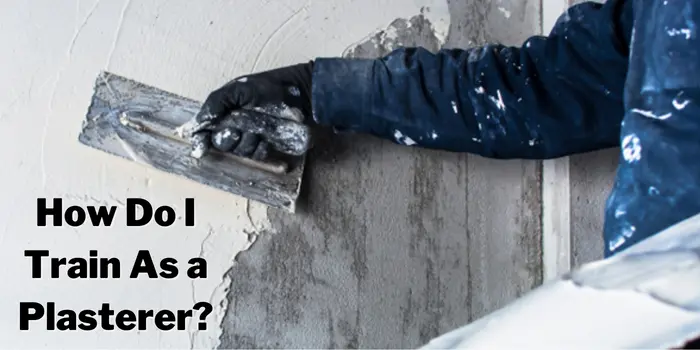Plasterers are always in great demand because of their significant roles in the building and construction industry. You can become a self-employed plasterer and make a living in the UK. Working as a freelance plasterer is a dream job for most people. However, a lot is behind the making of an experienced and professional plasterer.
If you want to become a pro plasterer in the UK, you should make an effort to enroll in plastering courses from a recognized institution. Here is more you should know about becoming a plasterer in the UK.
How did you become a pro plasterer?
There is no set of qualifications that you need if you want to become a plasterer. However, to manage some of the projects, you need the right training to get the job done. Most plasterers will get training by doing an apprenticeship or working as an assistant.
Many technical colleges in the UK give you the chance to get the proper training to become a plasterer. For instance, if you want to qualify as a plasterer in the UK, you can take a Higher National Diploma (HND) or BTEC at the university.
Additionally, you need a Construction Skills Certification Scheme (CSS) if you want to work at construction sites.
What equipment do you need as a plasterer?
When you work as a freelance plasterer, you need your equipment for the job. Some of the equipment cost a lot, and you may need funding to get all of them. Some of the essential equipment you need for training and handling plastering projects include:
- Jointing knives
- Hammers
- Trowels
- Straight edges
- Mixing paddles
- Scrapers
- Spirit level
- Step ladders
- Hand-board
Get certified as a plasterer
Once you get the required training and are qualified as a plasterer, you should make the final step of being registered as a self-employed with HMRC. The HMRC requires that plasterers are registered within 30 days of going self-employed to avoid being fined.
Registering as a self-employed plasterer means you meet your business’s legal requirements. This way, you won’t have problems with authority when doing your work. You can also decide to register a limited company. However, you want to examine the pros and cons of registering as a company and being self-employed.
When you are done registering as a self-plasterer, you should proceed to complete the annual Self Assessment tax return. Also, ensure you pay tax on time to avoid being fined. Also, you should understand the UK tax deadline and guide to Self Assessment.
Get the budget for payment on account as well. You can do this independently, but you should hire a professional financial accountant to help you with the relevant paperwork.
Get insured
The next thing you should do is to get yourself some business insurance for plasterers. Accidents happen anytime; no matter how careful you are, you can always trip. Insurance covering you and your business is the best you can do to avoid financial loss.
You should go for public liability insurance, tool insurance, personal accident, and employers’ liability insurance. There are many insurance companies out there, and you can do your research to find one that suits your business. A tip is to go for an insurance cover covering all the risks in a single policy to save money.
Final Thoughts
To become a professional plasterer in the UK, you should get the right training from a recognized college. Take a course in plastering and get certified with the HMRC before you can start working. Opportunities await you once you qualify as a plasterer.




